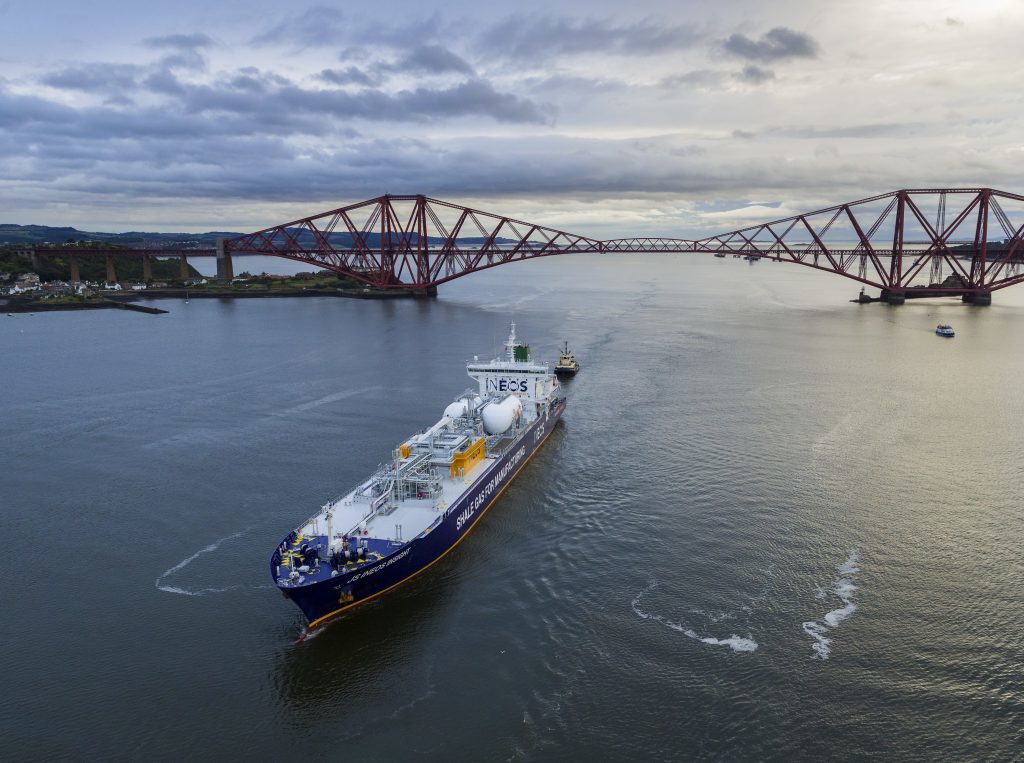
Britain’s investment in the Hinkley Point nuclear power plant and its bias toward wind power over solar is wrong for the country, according to Britain’s largest closely held company.
Hinkley is a “disaster” that’s “doomed to failure” because it’s using unproven technology on too large a scale, according to Tom Crotty, a director at chemical maker Ineos AG. The U.K. has also over-committed to wind power and should be investing more in solar energy, he said.
Without a sound energy policy, the country risks falling behind other countries trying to develop low-carbon energy capacity. Big energy users such as Ineos also need stable policies when making their long-term investment plans.
“The government has done quite a lot, let’s be clear, and we wouldn’t blame them for excitement over nuclear,” Crotty said in an interview in London. “We just think the strategy is totally wrong.”
Going ahead with Hinkley was a strategic decision to ensure Britain has a diverse energy mix, the U.K. Department for Business, Energy and Industrial Strategy, or BEIS, said in an emailed reply to questions. “Consumers won’t pay a penny until Hinkley is built.”
Britain’s Hinkley Point C project, the first new nuclear plant in a generation, may cost consumers 30 billion pounds ($38 billion) or more in higher electricity costs, five times more than ministers had expected, the government’s auditor warned last week. Its investigation concluded ministers failed to consider cheaper options for delivering the plant.
The National Audit Office urged the government to come up with a “Plan B” for electricity supplies in case of the nuclear project’s collapse. Hinkley Point C is to be built by Electricite de France SA and China General Nuclear Power Group.
Gas Bet
London-based Ineos has bet natural gas, which emits half the carbon dioxide of coal when burned, is an inexpensive and reliable way to help countries transition to a future completely based on renewables. It has been buying oil and gas assets in the North Sea to reformulate itself as an energy company from strictly a chemicals maker. It also seeks to develop shale gas resources in Britain and hopes to drill test wells this year.
Building new gas-fired power plants to fill a gap caused by a three-year delay in Hinkley Point C could save the U.K. 3.2 billion pounds through 2030, according to analysis by BEIS that assumes low gas prices. Filling the delay using offshore wind and carbon capture technology would cost the nation 7.3 billion pounds. Hinkley is expected to be built by 2025.
“In terms of the savings through building gas, if we took this option we wouldn’t meet our climate-change target in 2050,” BEIS said by email. It expects a price on greenhouse gas emissions to “add greater weight to the costs of gas in the 2030s, 2040s and beyond.”
The government has been supportive of natural gas and should continue to encourage production and consumption of the fuel, according to Crotty. Though in addition to falling short on nuclear and renewable technology investment, the U.K. doesn’t have enough storage capacity for gas and opposition to shale gas remains high, he said.
The U.K. generated 41.2 gigawatt-hours of wind energy in 2016, or 13 percent of the nation’s total electricity output, compared with 7.8 gigawatt-hours of solar power, according to an analysis by Bloomberg New Energy Finance.
Recommended for you
